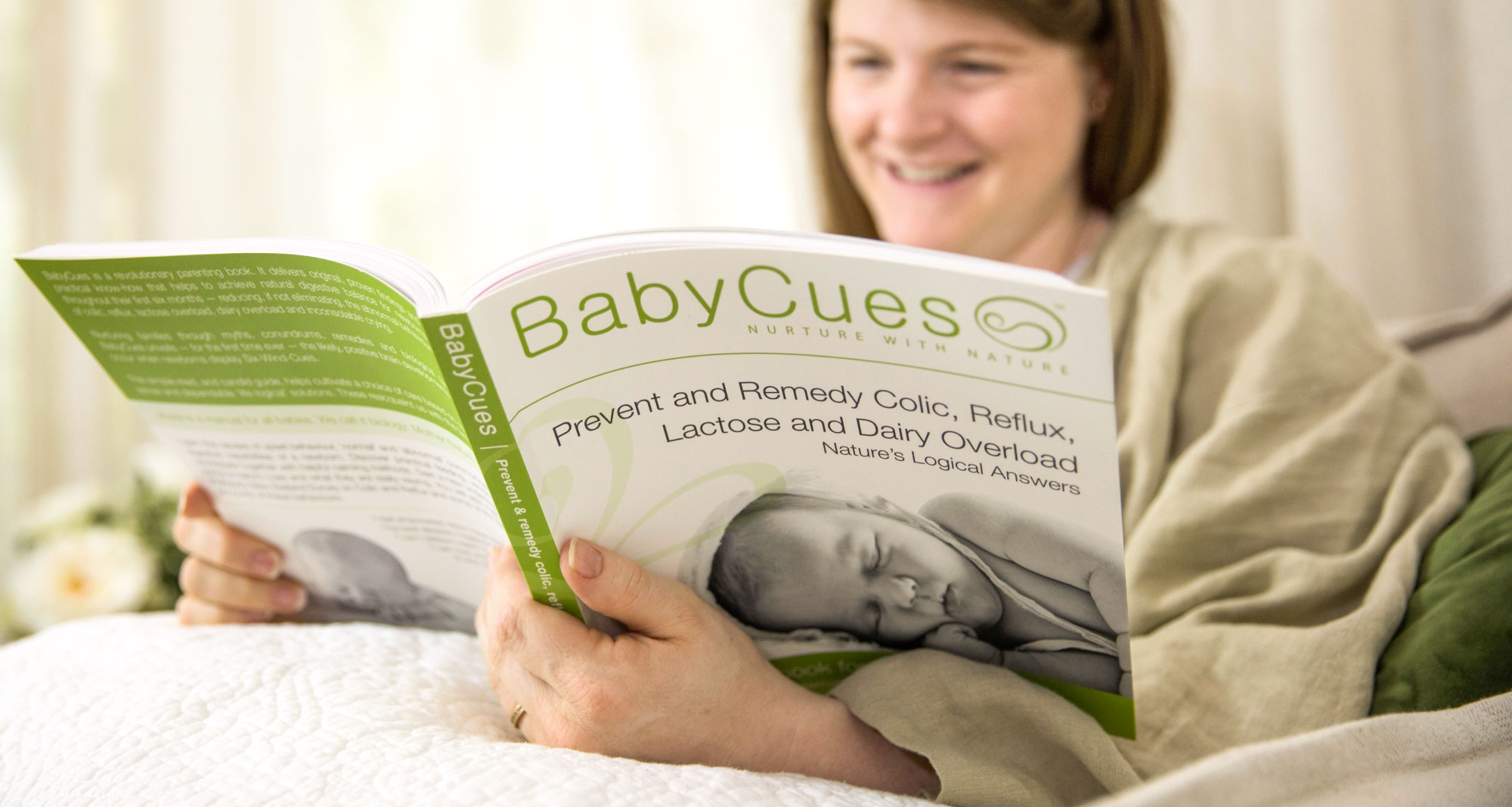Dairy Overload and the two Dairy Allergies
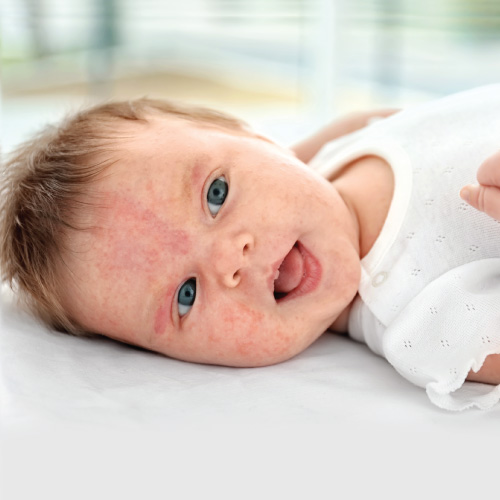
I have decided to write this article because there seems to be so much confusion circulating about the varying reactions to dairy for our newborns and infants.
I also write this because, while the two kinds of Dairy Allergy (medically known as Non-IgE mediated and IgE mediated or Cow’s Milk Protein Allergy) get a lot of the limelight in the parenting and medical world, the one that doesn’t get much of a mention is Dairy Overload. So I felt it deserved just as much of a look in as the others. Especially because it can be simply remedied, even prevented, but like the other two potential effects of dairy, can have a phenomenal effect on a child’s comfort levels and behaviour.
Get the help you need
Hailed as a game changer, life-saver and a must read from parents and postnatal professionals, this self-help book truly has the answers that NATURALLY prevent and heal the symptoms of colic, reflux, silent reflux, the witching hour and lactose and dairy overload - aka Digestive Overload, the true cause of these symptoms.
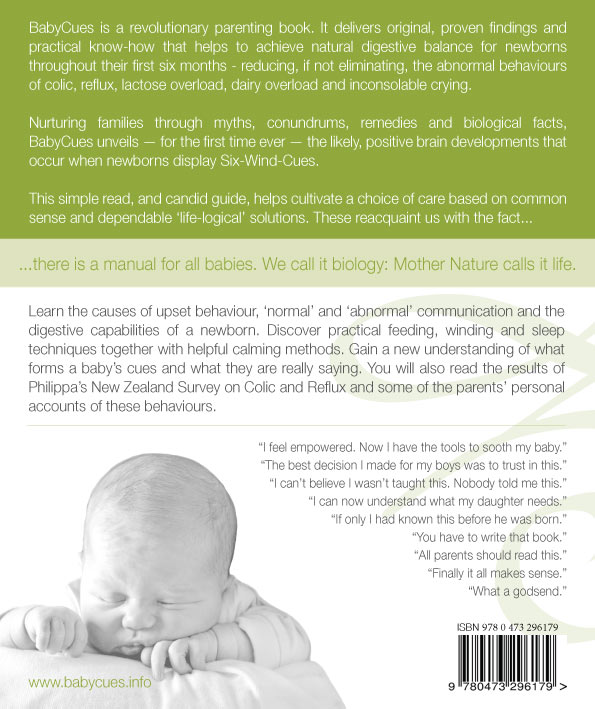

- nurture your child's digestive system
- Burp your baby to comfort
- Understand their Six-Wind-Cues
- Calm baby with techniques that work


LEARN HOW TO
- nurture your child's digestive system
- Burp your baby to comfort
- Understand their Six-Wind-Cues
- Calm baby with techniques that work
What is Dairy Overload?
Dairy Overload is another branch of Digestive Overload, which occurs when a baby’s, or infant’s digestive system is pushed beyond its natural capacities and capabilities. When a newborn, or infant receive dairy in their diet, either from the mother’s breastfeeding diet, or formula choice, they struggle to break this down. This happens because it is a biological fact that all humans are born with a great limitation of being able to cope with the casein and whey in dairy (the two proteins) in the first year of life. Yes. That’s right. The casein and whey in dairy are not healthy proteins for the developing digestive system. After two years of age this changes but even then, introducing dairy slowly into the diet is recommended.
Another aspect of dairy that contributes to Dairy Overload symptoms is fat. As most of us know dairy is high in fat, and from the perspective of our neonates, research shows us that high fat concentration in stomach contents can slow down gastric emptying 1, which may interfere with nature's intended digestive rhythm.
The digestion of fat starts in the mouth and stomach with the enzyme lipase, which is found in the child’s saliva and a mother’s breast milk. When a child’s intake of lipase is compromised, perhaps through being fed formula, (for formula doesn't have lipase in it) or by not doing enough non-nutritive sucking away from food, fat may not get broken down efficiently before it is pushed onward in the digestive tract.

Furthermore, when a baby is fed in quick succession in relation to how their digestive system naturally functions (so before 3 ½ hourly or cluster fed) their natural digestive process pushes the milk through the digestive tract faster, which often means fat is not given enough time to be digested in the stomach, and by the small intestines.
The fat globules then travel onward into the large bowel, where it is not meant to go, causing upset behaviour like pedalling legs, arching backwards etc. (a full list of symptoms are below). One of the tell-tail signs that this is happening for your child is the passing of small white cottage cheese, or sesame seed deposits in their stools. Now a lot of parents get told that these are normal, but when we take dairy out of the diet, these fat globules disappear, or reduce if the diet remains high in fat from other foods, or the child continues to be fed in quick succession.
Upset behaviour indicating Dairy Overload can be evident from Day One and can happen at any time, continuing as long as there is dairy in the diet. However, if dairy was introduced after one year of age the child would react better to it because their digestive system produces more enzymes by that time.
It’s important to again note that if your baby is having dairy in their diet before at least two years of age, they will be feeling the effects of Dairy Overload. How much will depend on how much dairy is in the diet.
Symptoms of Dairy Overload
- Irritability, grizzling, inconsolable crying, screaming
- Bloating, cramps, and excessive gas
- Heightened communication around bowel motions
- Constipation, frequent watery, frothy and/or explosive bowel motions - often yellow in colour with an offensive odour, seed like deposits and/or of stringy texture
- Weight gains that are consistently at the upper regions or beyond recommendation
- Wakefulness from discomfort with episodes of longer periods of sleep, but the latter is often from exhaustion through crying and lack of sleep rather than because they feel comfortable.
- Frequent searching for something to suck - exhibiting the ‘root reflex’. This means baby is seeking comfort, but it is often misread as hunger.
- Arching backwards or sideways, writhing, wriggling.
- Pedalling legs
- Gulping their food, seeming very hungry while being restless – sometimes refusing to feed, pulling off the nipple, or when bottle-fed, having flailing arms and legs with much turning of the head because of digestive discomfort.
Treatment of Dairy Overload
To eliminate Dairy Overload symptoms, all you have to do is stop eating dairy if you are a breastfeeding Mum, or change to Goats formula if your child is NOT Dairy Intolerant, or does NOT have a Dairy Allergy, which you can read more about below.
What are the two Dairy Allergies?
Dairy Allergies, both (medically known as Non-IgE mediated and IgE mediated or Cow’s Milk Protein Allergy) result from an immunological reaction to one or more milk proteins2 – casein and whey. So the difference between Dairy Overload and these two effects of dairy, is that Dairy Overload is digestive related, while Dairy Non-IgE or Dairy IgE are created by the immune system fighting against the proteins as if they are invaders to the body.
Dairy Non-IgE mediated is a reaction that happens over a course of a few days or longer. The symptoms can vary in degree from child to child, and like Dairy Allergy (CMPA or IgE mediated), dairy must be avoided in the majority of these cases. However, it can often take longer to decipher that dairy is the issue, for there are no defining tests available to diagnose this quickly, and a child can have a Non-IgE response to many things. In some cases of Dairy Non-IgE, generally after the age of three, the reactions can subside and the child will go onto eat dairy without reaction. Dairy Allergy (CMPA or IGE mediated) however, usually results in your child never being able to have dairy products.
Dairy Non-IgE mediated symptoms
These symptoms will appear slowly.
- itching skin
- redness of skin
- atopic eczema
- refluxing
- loose stools or constipation
- abdominal discomfort
- growth that is faltering
Dairy IgE mediated symptoms
You will know if your child has an allergy to dairy because the symptoms below typically happen as soon as the dairy is consumed.
- digestive difficulty
- hives
- eczema
- skin itching
- sneezing
- nasal congestion
- runny nose
- coughing
- wheezing
- difficulty breathing
- anaphylactic shock
If you see any of these symptoms straight after dairy is consumed, or you know you have had dairy in your diet as a breastfeeding Mum, seek immediate medical help.
Treatment of Dairy Non-IgE mediated and IgE mediated
With Dairy IgE mediated, you will need to avoid dairy products for your child. Dairy Non-IgE mediated is the same for the majority effected, however, some children can have a threshold scenario, whereby they can cope with a little amount without reaction, but give more and the symptoms do show themselves.
A paper published in the British Journal of General Practice says that, “An infant with suspected IgE-mediated milk allergy (Dairy Allergy) will require testing for specific IgE to milk (skin prick test or blood tests). Infants with suspected non-IgE-mediated disease do not need these tests.” In these cases, “Dietary management involves removing the allergenic protein from the diet. All dairy products must be removed from the diet of a breastfeeding mother if milk allergy is suspected in the infant and calcium supplements given. In a formula-fed infant, choice of formula is determined by the severity of the symptoms.
Keep reading for further guidelines from the Irish Food Allergy Network after the Top 5 Ingredients to Avoid Freebie...
Top Five Ingredients To Avoid
With the fast paced changes in additives these days, these are five that all parents need to know about for the long-term health of their child.
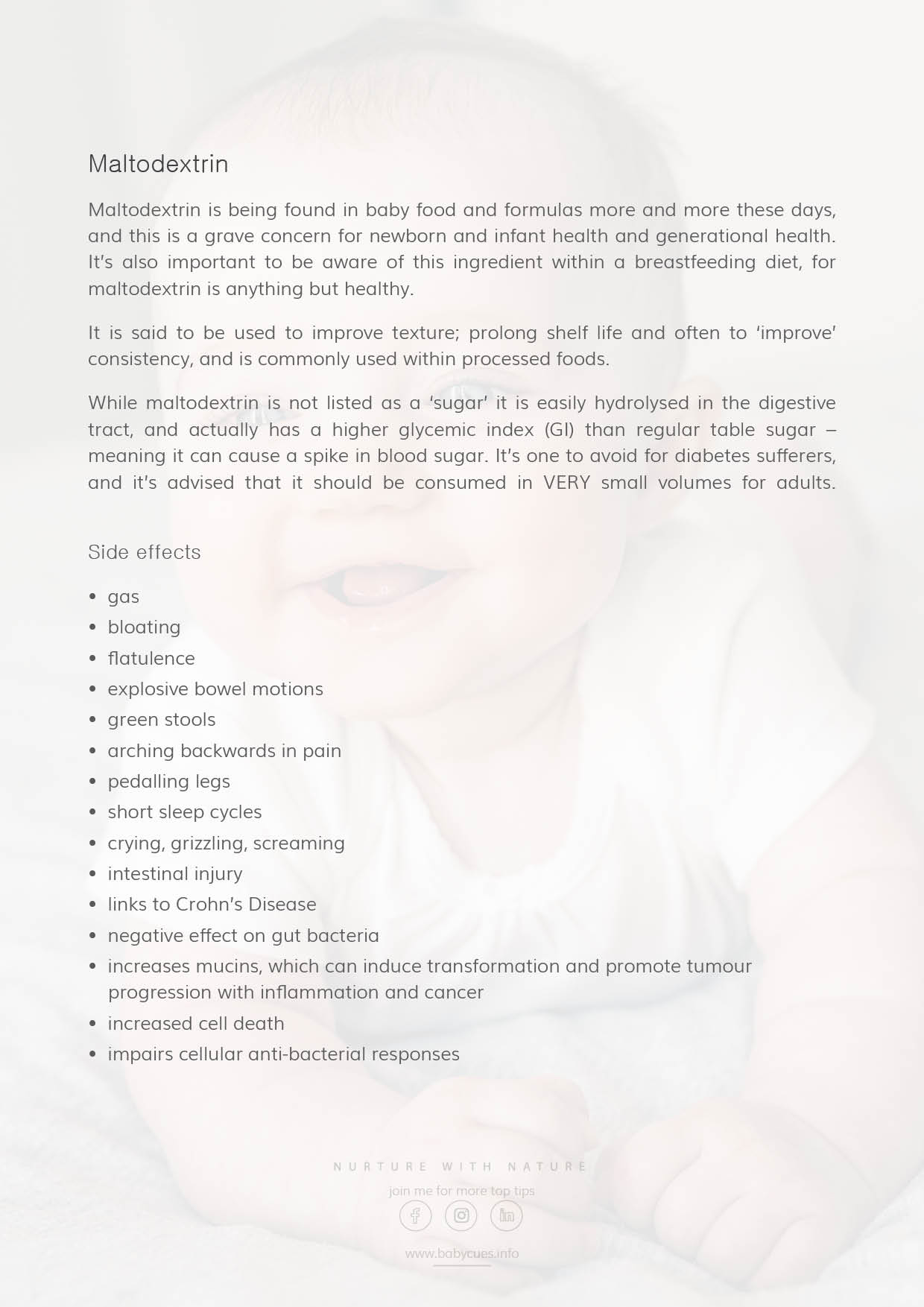

- In depth summary of each ingredient
- Research based information
- Side effects of each additive


WHAT'S INSIDE
- In depth summary of each ingredient
- Research based information
- Side effects of each additive
Most infants respond to extensively hydrolysed formulas, where the milk protein is broken down. However, one must be careful with these formulas as they have corn syrup, glucose syrup and/or maltodextrin in them, which can cause other adverse health complications. If your baby has Dairy Non-IgE then there is often away to limit these formula's being used, but each child is individual in their pathway for this and a consultation with me is best to determine this.
Amino acid formulas should be reserved for severe symptoms and those not responding to an extensively hydrolysed formula, and only prscribed with the appropriate tests completed. An amino acid formula should also be used first line if top-up feeds are required in an infant who is exclusively breast fed and shows symptoms of cow’s milk allergy.”5
A common formula choice by some health professionals for both kinds of Dairy Allergy is soy formula. However, this is not a healthy formula for any child and you can read more about that here or click on the link to the right above. In relation to dairy reactions, one study says this “soy formula is not recommended before 6 months of age due to it containing isoflavones, which may exert a weak oestrogenic effect. There is also a risk of cross-reactivity: up to 14% of those with IgE-mediated cow’s milk allergy also react to soy, and up to 60% of those with non-IgE-mediated cow’s milk allergy.”4
The Irish Food Allergy Network has this great overview of what to avoid if your child does have a true Dairy Allergy (Dairy IgE) shown by the completition of appropriate testing outlined below ...
- Avoid cow, goat, sheep, horse, camel, donkey and buffalo milk and their products
- Avoid all milk including skimmed, semi skimmed, dried, evaporated, condensed and UHT milk.
- Avoid food made from milk including cheese, cream, butter, yoghurt, fromage frais, chocolate.
- Avoid over the counter infant formula (seek a referral to a specialist or dietician to advise)
- Avoid skin contact with any of the above.
- Learn to read food labels to check if a food contains milk or milk products.
- Check for milk in medicine, cosmetics, washing powder, toothpaste and chewing gum
- Avoid food which has no label such as foods from a bakery or delicatessen.
- If the food label is unclear or causes doubt – leave it out.
- Foods that contain well-cooked milk that have been eaten safely before can still be eaten.
- Beef and lamb do not need to be avoided.
Cow’s milk affects all children because we struggle to break it down in the first two years of life. This is why research shows that most symptoms reduce after two years.
To finish of this article I would like to also make it very clear that Lactose Overload and Lactose Intolerance are completely different to Dairy Overload, and the two forms of Dairy Allergy. The last three are all about the two proteins in dairy, with Dairy Overload additionally being about fat content, whereas the former two are about the lactose in dairy, or in another source of food that has lactose and the symptoms of these are different. Additionally Lactose Intolerance is actually very rare, and one of the most outstanding symptoms for this is failing to thrive. So if you child is putting on weight, then they do not have Lactose Intolerance, but may however still be experiencing Lactose Overload. You can read more about this here.
If you believe your child is suffering with any of the effects of Dairy Overload or Dairy Non-IgE, please do consider having a consultation with me, for often we can avoid or limit the adverse formulas that may be prescribed by other professionals. Or consult your doctor, paediatrician or a dietician.
- The Anatomical Basis of Clinical Practice, Gray's Anatomy 39th Edition
- Hill D J, Firer M A, Shelton M J. et al Manifestations of milk allergy in infancy: clinical and immunologic findings. J Pediatr 1986109270–276.
- Host A. Frequency of cow's milk allergy in childhood. Ann Allergy Immunol200289 (Suppl 1)33–37.
- Lozinsky AC, Meyer R, Anagnostou K, et al. Cow’s milk protein allergy from diagnosis to management: a very different journey for general practitioners and parents. Children. 2015;2(3):317–329.
- Br J Gen Pract. 2016 Aug; 66(649): e609–e611. Published online 2016 Jul 29. doi: 10.3399/bjgp16X686521
- Allergy New Zealand



 Submitting data
Submitting data